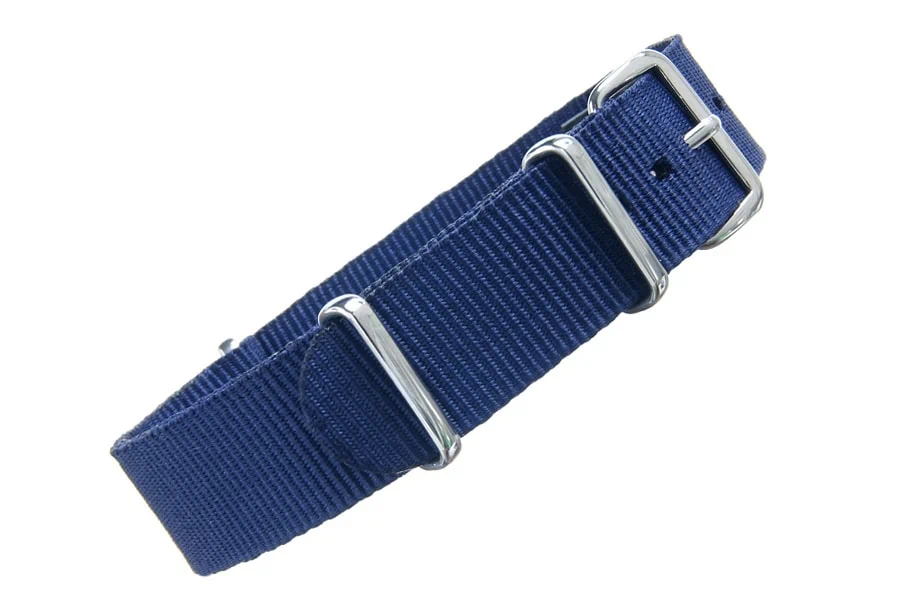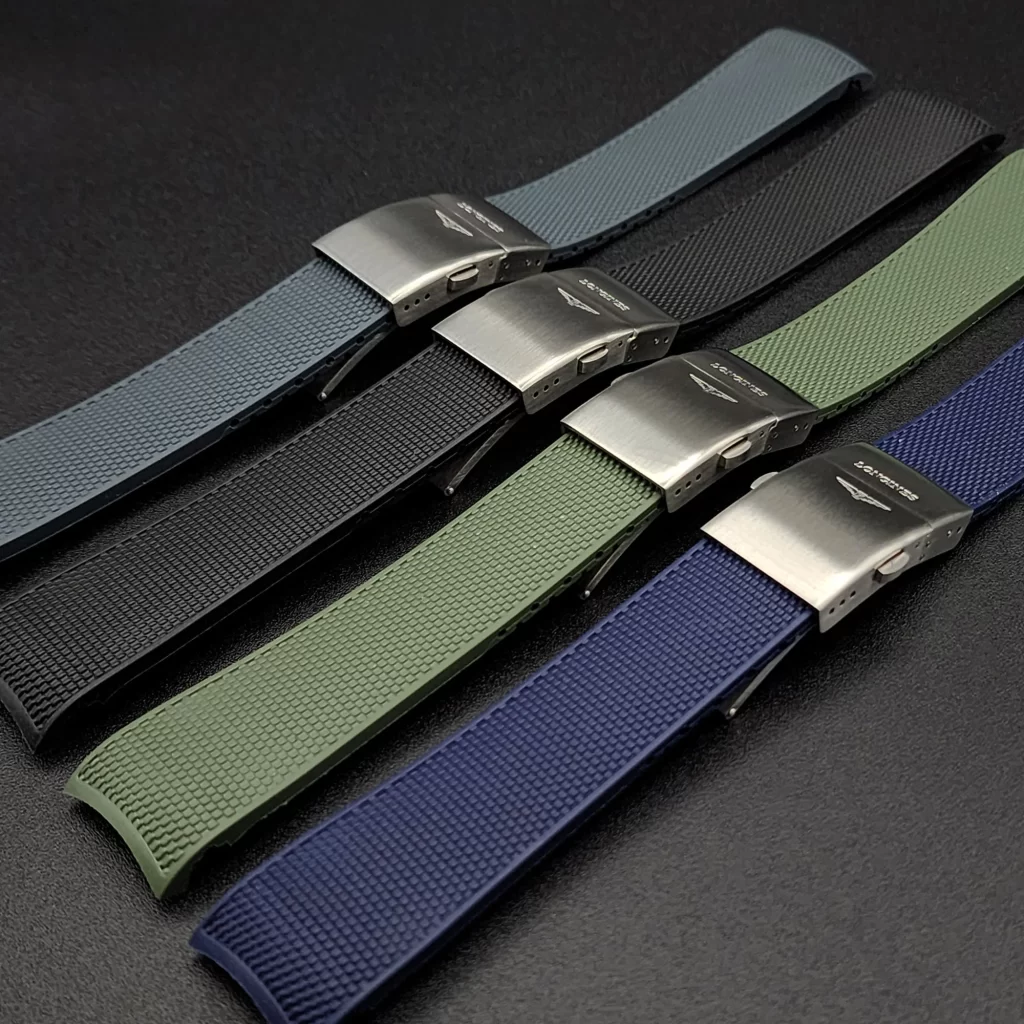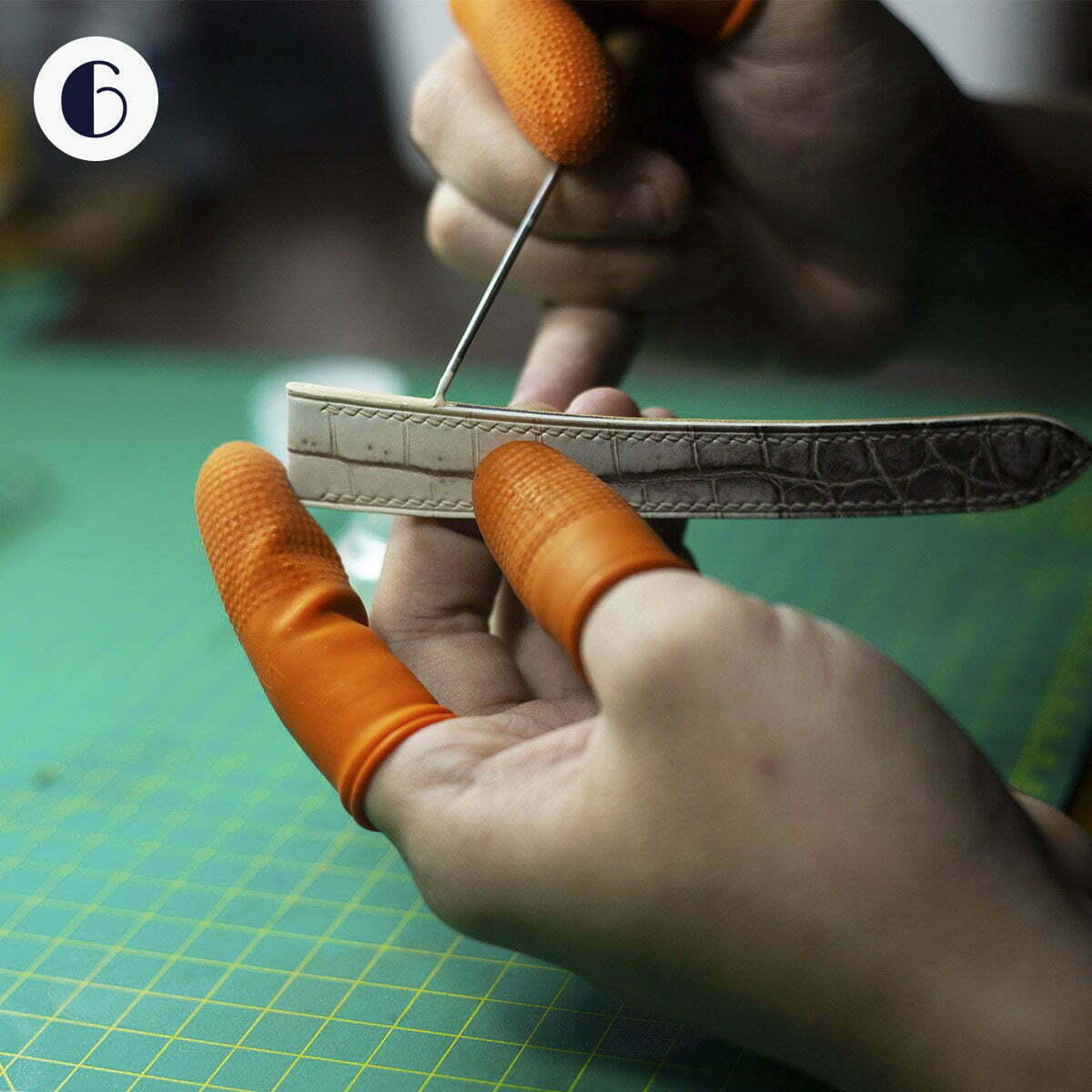Watches have been around for centuries and have evolved significantly over time. One of the most significant changes that have occurred in the history of watches is the development of different types of watch straps. Watch straps have changed from simple leather straps to metal and even smartwatch straps. This article will explore the history of watch straps and how they have evolved.
A Brief History of Watch Straps
Leather Straps
Leather straps were the first watch straps to be used. These straps are made from animal skin and are simple, durable and easy to manufacture. Leather straps were very popular in the early 20th century, and even today, many people still prefer the classic look of leather straps. leather watch bands have wide range of selectable colors and styles for every enthusiast watch strap.
Metal Straps

Metal straps became popular in the 1950s, and the first metal watch strap was introduced by Rolex. These straps were initially made from stainless steel and were primarily used for sports watches. Metal straps were strong, durable, and had a more modern look compared to leather straps.
NATO Straps

NATO straps were developed in the 1970s by the British Ministry of Defence. These straps were made from nylon and were designed to be lightweight and durable. NATO straps were initially used by the military, but they became popular among civilians in the 1980s.
Rubber Straps

Rubber straps were introduced in the 1970s, and they quickly became popular among divers. Rubber straps were waterproof, durable, and could withstand extreme temperatures. Today, many sports watches still use rubber straps and are popular with smartwatches
Milanese Straps

Milanese straps were introduced in the 1970s, and they were made from stainless steel. These straps were designed to be comfortable and breathable, making them perfect for everyday wear. Milanese straps were popular during the 1980s and are still used today.
Smartwatch Straps
Smartwatch straps were introduced in the early 2010s, and they have changed the way we use watches. Smartwatch straps can track our fitness, monitor our heart rate, and even make phone calls. Today, many people prefer smartwatches over traditional watches.
Factors That Influenced the Evolution of Watch Straps
Handmade
Handmade watch straps offer a level of craftsmanship and attention to detail that cannot be matched by mass-produced straps. The process of making a handmade watch strap involves cutting, stitching, and finishing the leather by hand. This allows for more customization and flexibility in terms of design, as well as a higher level of quality control.
While handmade watch straps may be more expensive than mass-produced ones, they offer a level of uniqueness and individuality that many watch enthusiasts value. Handmade straps can also be made from a wider range of materials, such as exotic leathers, that may not be available in mass-produced straps.
Technology
As technology has improved, watch straps have evolved. Smartwatches, for example, would not have been possible without advances in technology. As new materials and manufacturing processes have been developed, watch straps have become stronger, more durable, and more comfortable.
Fashion
Fashion has played a significant role in the evolution of watch straps. Different types of watch straps have become popular depending on the fashion trends of the time. Milanese straps, for example, were popular during the 1980s when people were wearing more metallic clothing.
Function
The function of a watch has also influenced the evolution of watch straps. Rubber straps, for example, were designed for divers who needed a waterproof and durable strap. Similarly, smartwatch straps were designed to be functional, allowing wearers to track their fitness and make phone calls.
Conclusion
Watch straps have come a long way since the early days of leather straps. From metal straps to rubber straps, and smartwatch straps, there is now a watch strap for every style and function. The evolution of watch straps has been influenced by factors such as technology, fashion, and function, and it is exciting to see what the future holds for watch straps.
READ MORE >>
Alran Chevre Sully: The Luxurious Goat Leather Produced by France’s 1st Tanner
Epsom Leather: Understanding its Characteristics, Durability, and Care
















Read more
Leather Knowledge
Alcantara Watch Straps: The Ultimate Combination of Luxury and Durability
Alcantara is a high-end synthetic material that has been gaining popularity in recent years. It [...]
Feb
Leather Knowledge
Unveiling the Elegance of Ostrich Leather: A Closer Look at Ostrich Leather Watch Straps
Ostrich leather, hailing from the hides of South African ostriches that have roamed the continent [...]
Nov